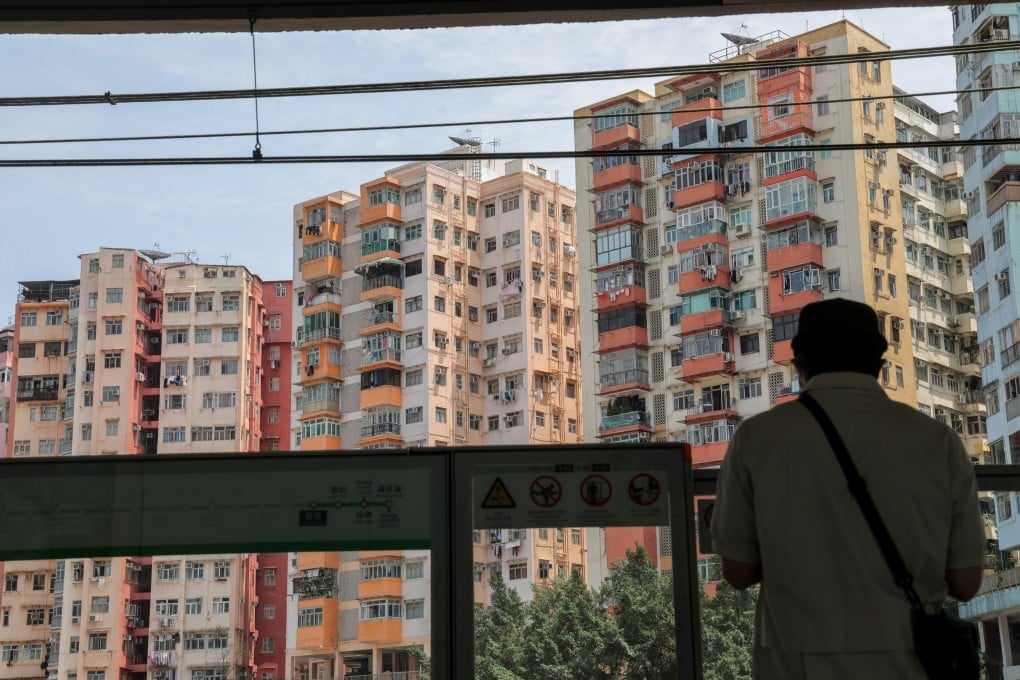Hong Kong home prices rise for the third straight month to the highest level since September
- The home price index rose 1.35 per cent in March to 351.4, the highest since 360.3 in September, official data showed
- Nearly 120 housing projects with a total 40,291 units are expected to launch this year, one of the largest stockpiles in nearly two decades, according to Ricacorp Properties

Hong Kong’s lived-in home prices rose to a six-month high in March, but the pace of growth slowed from the previous month, official data showed as the property market continued to be hobbled by high interest rates and rising stock of unsold new flats.
The Rating and Valuation Department’s home price index climbed 1.35 per cent to 351.4, the highest since 360.3 in September. It was the third straight monthly increase, with gains in Hong Kong’s secondary market adding up to about 5 per cent for the year.
In February, the index gained 2.22 per cent, the most in 33 months, reflecting an improvement in sentiment as Hong Kong and mainland China steadily dropped Covid-19 pandemic curbs.
“There are still negative factors in the market, which are limiting the price rebound, including the higher interest rate environment and the high volume of unsold new units,” said Martin Wong, director and head of research and consultancy for Greater China at Knight Frank.

The Hong Kong Monetary Authority late last month raised the city’s base rate to a 15-year high of 5.25 per cent, after the US Federal Reserve increased its target rate by a quarter point to a range of 4.75 per cent to 5 per cent. However, Hong Kong’s major lenders did not follow suit. HSBC and Bank of China (Hong Kong) kept their best lending rates unchanged at 5.625 per cent, while Standard Chartered kept its prime rate unchanged at 5.875 per cent.
The lifting of travel restrictions in early February between Hong Kong and the mainland had boosted hopes that wealthy Chinese buyers would return to the city to inspect homes for purchase, while companies would have an added incentive to expand or set up operations in the city, potentially bringing in more talent and increasing the tenant pool.